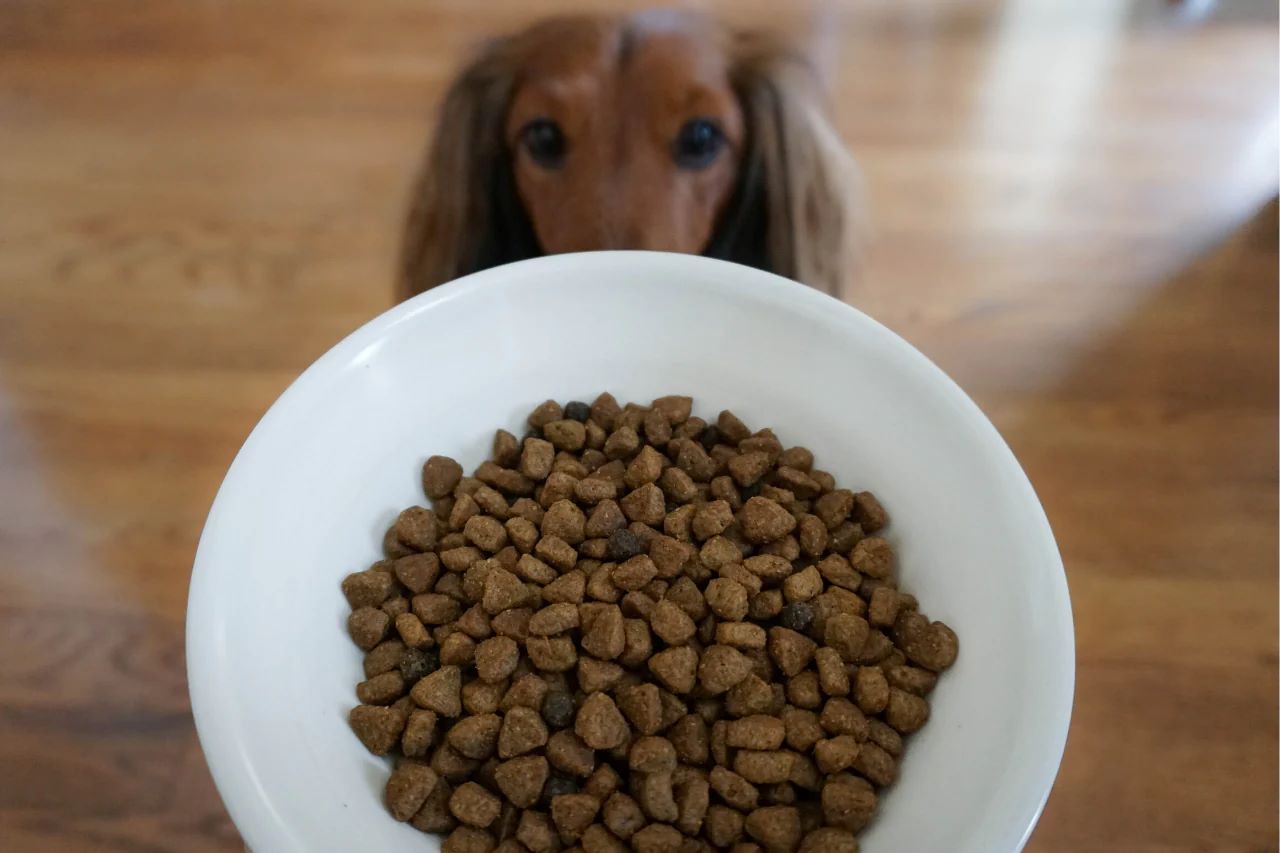

Articles
How To Store Kibble
Modified: January 6, 2024
Discover our informative articles on the best ways to store kibble for your pets. Learn tips and techniques for preserving freshness and maximizing shelf life.
(Many of the links in this article redirect to a specific reviewed product. Your purchase of these products through affiliate links helps to generate commission for Storables.com, at no extra cost. Learn more)
Introduction
Welcome to our comprehensive guide on how to store kibble properly. As pet owners, we understand the importance of providing our furry friends with high-quality and nutritious food. Whether it’s for a dog, cat, or any other small animal, kibble is a popular choice due to its convenience and long shelf life.
However, improper storage can lead to the degradation of the kibble’s nutritional value, taste, and overall freshness. In this article, we will explore the best practices for storing kibble to ensure that it stays fresh and maintains its quality over time.
From choosing the right container to protecting it from moisture and air, we will cover all aspects of proper kibble storage. We will also discuss how to avoid contamination, label and date the kibble, and maintain its freshness. By following these guidelines, you can provide your pet with the best possible food and reduce the risk of health issues associated with spoiled kibble.
So let’s dive in and learn how to store kibble effectively, allowing your pet to enjoy every mealtime with the same excitement and nutritional benefits!
Key Takeaways:
- Properly storing kibble is crucial for maintaining its freshness and nutritional value. From choosing the right container to monitoring and rotating stock, these practices ensure your pet enjoys high-quality meals.
- By following proper kibble storage guidelines, you can provide your pet with fresh, safe, and nutritious meals. From avoiding contamination to labeling and dating, these practices promote your pet’s well-being and mealtime enjoyment.
Read more: How To Store Dog Kibble
Choosing the Right Container
The first step in proper kibble storage is choosing the right container. The container you use plays a crucial role in maintaining the freshness and quality of the kibble. Here are some factors to consider when selecting a container:
Airtightness: It’s essential to choose a container that is airtight to prevent moisture and air from entering. Oxygen and humidity can lead to the growth of bacteria and the breakdown of the kibble’s nutrients. Look for containers with a secure seal to ensure maximum freshness.
Material: Consider containers made of high-quality materials such as food-grade plastic or stainless steel. These materials are durable, easy to clean, and resistant to odors and stains. Avoid containers that may leach chemicals or retain odors, as they can affect the taste and quality of the kibble.
Size and Shape: Select a container that can accommodate the amount of kibble you usually purchase at one time. It should have enough space to allow for easy access and scooping. Additionally, consider the shape of the container, ensuring it can fit in your storage area without taking up unnecessary space.
Visibility: Opt for a container that allows you to see the contents easily. Clear or translucent containers help you monitor the kibble’s quantity, condition, and any signs of spoilage or pests.
Easy to Clean: Look for containers that are easy to clean. It’s important to regularly wash and dry the container to prevent the accumulation of bacteria or mold. Removable lids and dishwasher-safe materials can make the cleaning process simpler and more convenient.
Separate Compartments: Some containers come with separate compartments or dividers, allowing you to store multiple types or flavors of kibble within the same container. This can be helpful if you have pets with different dietary needs or preferences.
Portability: If you travel frequently with your pet, consider purchasing a smaller, portable container for convenience. These containers are designed to keep kibble fresh on the go, ensuring that your pet’s diet remains consistent even when you’re away from home.
By carefully considering these factors, you can choose a container that meets your specific storage needs and helps preserve the freshness and quality of your pet’s kibble.
Proper Storage Location
Once you have selected the right container for storing your pet’s kibble, it’s important to find the proper storage location. The location can have a significant impact on the kibble’s overall quality and freshness. Here are some considerations when determining the ideal storage location:
Cool and Dry: Choose a storage area that is cool and dry, as exposure to heat and humidity can accelerate the degradation of the kibble. Avoid storing the container near direct sunlight, radiators, or other sources of heat. A pantry or cupboard away from moisture-prone areas like the kitchen sink or dishwasher is typically a good choice.
Away from Pests: Make sure to store the container in an area that is inaccessible to pests such as rodents or insects. Keep it off the floor and away from corners where pests may find their way in. Additionally, consider using a pest deterrent, such as placing a repellent or trap near the storage area, to further protect against unwanted visitors.
Non-Contaminated Environment: Avoid storing the container near cleaning supplies, chemicals, or strong-smelling substances that can potentially contaminate the kibble. These odors can permeate the container and affect the taste of the kibble. Keep the storage area free from any potential contaminants to ensure the kibble remains fresh and untainted.
Accessibility: It’s important to choose a storage location that is easily accessible for daily feeding. Consider placing the container in a convenient spot, within reach, and at a suitable height for easy scooping. Having the container accessible will also make it easier to monitor the kibble’s quantity and condition.
Childproofing: If you have young children or curious pets at home, it’s crucial to store the container in a childproof location. Use safety locks or place the container in a high cabinet to prevent accidental access. This will ensure that the kibble remains safe from any unwanted consumption.
Consistency: Once you have found the ideal storage location, try to maintain consistency in storing the kibble. Avoid frequently moving the container from one place to another, as this can disturb the kibble and potentially lead to accidental spillage or contamination.
By considering these factors and finding an appropriate storage location, you can create an optimal environment for preserving the quality and freshness of the kibble. Proper storage will help ensure that your pet’s meals are always nutritious and enjoyable.
Protecting From Moisture and Air
Protecting your pet’s kibble from moisture and air is crucial to maintain its freshness and nutritional integrity. Exposure to these elements can lead to the growth of mold, bacteria, and the oxidation of fats in the kibble, resulting in spoilage and loss of nutritional value. Here are some tips to protect your kibble from moisture and air:
Airtight Containers: As mentioned earlier, using an airtight container is essential to prevent air from entering and affecting the kibble. Ensure that the container’s lid or closure mechanism provides a tight seal, allowing no room for air to seep in. This will help prevent oxidation and preserve the kibble’s quality.
Moisture Absorbent Packs: Place a moisture absorbent pack, such as silica gel packets or oxygen absorbers, inside the container to help absorb excess moisture. These packs help reduce the humidity level, preventing moisture from compromising the kibble’s texture and taste. Make sure to replace them regularly as they saturate.
Avoid Temperature Changes: Rapid temperature changes can cause condensation inside the container, leading to moisture buildup. Avoid placing the container in areas prone to fluctuating temperatures, such as near heating vents or refrigeration units. Keep the storage area at a consistent temperature to minimize the risk of moisture absorption by the kibble.
Store Away from Moisture Sources: Keep the container away from areas prone to moisture, such as the bathroom or laundry room. Additionally, avoid storing it near open windows, sinks, or humidifiers. Moisture sources can increase the humidity level in the surrounding environment, which can negatively impact the kibble’s quality.
Refrigeration: If you prefer to refrigerate your pet’s kibble to prolong its freshness, ensure that it is stored in an airtight container. This will help maintain its quality while preventing moisture absorption from the refrigerator. Allow the kibble to reach room temperature before serving it to your pet.
Resealing Bags: If you prefer to keep the kibble in its original bag, make sure to tightly reseal it after each use. You can use clips or airtight bag sealers to ensure a secure closure. Consider double-bagging the kibble for added protection if the original bag seems flimsy or prone to air and moisture penetration.
Don’t Pour Back: Avoid pouring the kibble back into its original bag or mixing different bags of kibble together. This can introduce moisture, air, and potential contaminants into the container. Instead, scoop the desired amount of kibble directly from the container for each feeding.
By following these guidelines and taking appropriate measures to protect your pet’s kibble from moisture and air, you can ensure that it remains fresh, flavorful, and nutritionally beneficial for your furry friend.
Avoiding Contamination
Contamination can affect the safety and quality of your pet’s kibble. It’s essential to take proper precautions to avoid any potential sources of contamination. Here are some tips to help you prevent contamination:
Clean Environment: Ensure that the storage area and the container itself are clean before transferring or placing the kibble inside. Regularly clean and sanitize the container to remove any residue or contaminants that may have accumulated over time.
Wash Hands: Before handling the kibble or scooping it into your pet’s bowl, wash your hands thoroughly with soap and water. This will help prevent the transfer of bacteria or other contaminants from your hands to the kibble.
Separate Scoop: Use a dedicated scoop or measuring cup for the kibble. Avoid using utensils meant for human food, as they may introduce cross-contamination from other ingredients or substances. Wash the scoop regularly to maintain cleanliness.
Pest Control: As mentioned earlier, protect the storage area from pests by using appropriate deterrents and storing the container in a secure location. Pests can carry diseases and contaminate the kibble, so it’s crucial to keep them away from it.
Pet-Specific Storage: If you have multiple pets or need to store different types of kibble, consider having separate containers for each pet or each specific type of food. This will prevent cross-contamination and ensure that each pet receives the appropriate diet without mixing or confusion.
Proper Handling: When dispensing the kibble into your pet’s bowl, avoid touching the kibble with your hands or allowing the scoop to come into contact with surfaces other than the bowl itself. This will minimize the risk of introducing contaminants from external sources.
Seal Bulk Purchases: If you purchase kibble in bulk, divide it into smaller portions and store them in airtight bags or containers until needed. This will help maintain the freshness and prevent the entire supply from being exposed to air and potential contamination.
Regular Inspections: Periodically check the kibble for signs of spoilage, such as unusual colors, odors, or mold growth. If you notice any abnormalities, discard the affected portion and thoroughly clean the container before refilling it.
Monitor Expiration Dates: Pay attention to the expiration dates of the kibble and ensure that you use it within the recommended timeframe. This will ensure that your pet is consuming fresh and safe food.
By being mindful of contamination risks and following these guidelines, you can help protect your pet’s kibble from potential contaminants, ensuring their safety and well-being.
Store kibble in an airtight container to maintain freshness and prevent pests. Keep it in a cool, dry place away from direct sunlight to prolong its shelf life.
Read more: How To Store Basil From Store
Labeling and Dating the Kibble
Labeling and dating your pet’s kibble is an important practice to ensure that you can easily track its freshness and maintain proper rotation. This step is particularly useful if you purchase kibble in larger quantities or have multiple bags or containers. Here are some tips for labeling and dating your pet’s kibble:
Label the Container: Use a permanent marker or label maker to clearly label the container with the brand name, type of kibble, and any specific dietary information. This will help you identify the contents quickly and accurately.
Date of Purchase: Write down the date of purchase on the container or bag. This information will allow you to monitor how long the kibble has been in storage and determine its freshness. Use a legible format, such as “DD/MM/YYYY” or “Month/Day/Year.”
Expiration Date: If the kibble comes with an expiration date on the package, transfer that information to the container as well. This will help you keep track of when the kibble should be used by and avoid feeding your pet expired food.
First In, First Out (FIFO): Use the FIFO method to ensure that the oldest kibble is used first. This approach helps prevent the accumulation of expired or stale kibble. Use the date labels to identify which bags or containers need to be used before others.
Rotate Stock: Regularly inspect and rotate your pet’s kibble stock to promote freshness and prevent any bags or containers from being unused for an extended period. Move the older ones to the front for immediate use and place newer ones towards the back. This practice also helps you manage the kibble supply effectively.
Additional Information: If your pet has any specific dietary needs, medication requirements, or feeding instructions, consider including that information on the container as well. This can be helpful if you have multiple pets with varying dietary restrictions.
Allergen Warnings: If your pet has known allergies or sensitivities, label the container accordingly to prevent accidental feeding of those allergens. This can help prevent potential health issues and ensure the safety of your pet.
By labeling and dating your pet’s kibble, you can easily track its freshness, implement proper rotation, and ensure that your pet’s diet remains fresh and nutritionally balanced. This practice promotes organization, reduces waste, and gives you peace of mind knowing that your pet’s food is being properly managed.
Maintaining Freshness
Maintaining the freshness of your pet’s kibble is essential to ensure that it remains palatable and retains its nutritional value. Follow these tips to help keep your furry friend’s food fresh:
Seal Properly: After each use, make sure to seal the bag or container tightly to prevent air from entering. An airtight seal will help preserve the kibble’s freshness and prevent it from getting stale.
Store in Original Packaging: If your kibble comes in a resealable bag with a built-in zip lock, it is advisable to store the kibble in its original packaging. The bags are usually designed to preserve freshness and come with airtight closures.
Consider Repackaging: If your kibble doesn’t come in a resealable bag or if you prefer to use a different storage container, consider repackaging the kibble in an airtight container immediately after purchase. This will help maintain its freshness and protect it from exposure to air and humidity.
Avoid Sunlight and Heat: Store the container or bag of kibble in a cool, dry place away from direct sunlight and sources of heat. Heat and sunlight can accelerate the breakdown of nutrients in the kibble and contribute to the growth of bacteria. Optimal storage conditions will help preserve the kibble’s freshness and nutritional integrity.
Avoid Freezing Kibble: While freezing food can be an effective way to extend its shelf life, freezing kibble is generally not recommended. The freezing and thawing process can cause changes in the texture and taste of the kibble, potentially affecting its palatability for your pet.
Don’t Mix Old and New Kibble: If you need to replenish your pet’s kibble supply, avoid adding new kibble directly to the old kibble. This can introduce moisture and potentially compromise the freshness of the whole batch. Instead, finish using the old kibble before incorporating the new one.
Avoid Contact with Moisture: Moisture is a common factor that can contribute to the loss of freshness in kibble. Keep the kibble container or bag away from areas prone to moisture, such as sinks, dishwashers, or humid environments. It’s also important to ensure that your hands are dry before handling the kibble.
Monitor and Discard Expired Kibble: Regularly check the expiration date on the bag or container, and discard any kibble that has passed its expiration date. Consuming expired kibble can lead to digestive issues for your pet. Pay attention to the “best before” or “use by” dates to ensure you are using fresh kibble.
Buy in Smaller Quantities: If you have a smaller pet or prefer to provide fresh kibble, consider buying in smaller quantities. This way, you can ensure that your pet consumes the kibble within a shorter time frame, minimizing the risk of it becoming stale or losing freshness.
By employing these strategies, you can help maintain the freshness and quality of your pet’s kibble, ensuring a healthy and enjoyable mealtime experience.
Monitoring and Rotating Stock
Monitoring and rotating your pet’s kibble stock is crucial for ensuring its freshness and preventing the accumulation of expired or stale food. Here are some tips to help you effectively monitor and rotate your pet’s kibble:
Regular Inspections: Periodically inspect the kibble to check for any signs of spoilage or pests. Look for discoloration, unusual odors, or signs of mold or infestation. If you notice any issues, discard the affected kibble immediately.
Check for Rancidity: Fats in the kibble can become rancid over time, resulting in an unpleasant smell and taste. To determine if the kibble has gone rancid, take a small sample and smell it. If it has a foul or off-putting odor, it’s best to dispose of it.
Use FIFO Method: Implement the “first in, first out” (FIFO) method when it comes to using your pet’s kibble. Place newer bags or containers at the back of the storage area and use the oldest ones first. This helps ensure that the kibble is consumed in the order it was purchased, minimizing the risk of expiration.
Rotate Stock Regularly: As you use up the older bags or containers of kibble, make sure to rotate in the newer ones to maintain freshness. It’s important to avoid leaving bags unopened for an extended period, as the kibble inside may still be subject to oxidation and degradation.
Check Expiration Dates: Pay close attention to the expiration dates printed on the bags or containers of kibble. Use the “first in, first out” principle to prioritize the kibble that is closest to its expiration date. This ensures that your pet consumes the freshest food possible.
Consider Donating or Discarding: If you find that you have excess, unopened bags of kibble that are nearing their expiration date and you’re unable to use them in time, consider donating them to a local animal shelter or rescue organization. Alternatively, if the kibble is expired or spoiled, it should be responsibly discarded.
Be Mindful of Bulk Purchases: When buying kibble in bulk, consider your pet’s consumption rate and storage capacity. Only purchase what you can reasonably consume within a reasonable timeframe to prevent waste and ensure the freshness of the kibble.
Record Inventory: Keep track of the different bags or containers of kibble you have in stock. A simple inventory sheet noting the brand, type, and expiration dates can help you manage your pet’s food supply more efficiently.
By regularly monitoring your pet’s kibble stock, practicing rotation, and paying attention to expiration dates, you can ensure that your pet always enjoys fresh and wholesome meals. This not only promotes their well-being but also minimizes unnecessary waste.
Conclusion
Properly storing kibble is essential for maintaining its freshness, taste, and nutritional value. By implementing the guidelines outlined in this article, you can ensure that your pet always enjoys high-quality and safe meals. From choosing the right container and storage location to protecting the kibble from moisture and air, avoiding contamination, labeling and dating, and maintaining freshness through monitoring and rotation, these practices will help keep your pet’s food fresh and nutritious.
Remember to select an airtight container that is suitable for your pet’s kibble, whether it’s made of food-grade plastic or stainless steel. Find a cool, dry location away from moisture sources and pests, and make sure to seal the container tightly after each use. Avoid cross-contamination by practicing proper hygiene and separate scoops for different pets or kibble types.
Labeling the container with the purchase and expiration dates enables easy tracking and rotation. Regularly inspect the kibble for signs of spoilage or rancidity, and use the FIFO method when feeding your pet. Be mindful of bulk purchases and consider donating or responsibly discarding any excess kibble nearing its expiration date.
By following these best practices, you can ensure that your furry friend receives the highest quality food, maintaining their health and happiness. By storing kibble properly, you are not only enhancing its shelf life but also providing peace of mind, knowing that you’re providing your pet with the freshest and most nutritious meals possible.
With these tips in mind, you can confidently store your pet’s kibble and ensure that every meal is a delight for them. Your commitment to proper storage practices will contribute to their overall well-being and allow them to thrive with each nourishing bite.
Frequently Asked Questions about How To Store Kibble
Was this page helpful?
At Storables.com, we guarantee accurate and reliable information. Our content, validated by Expert Board Contributors, is crafted following stringent Editorial Policies. We're committed to providing you with well-researched, expert-backed insights for all your informational needs.


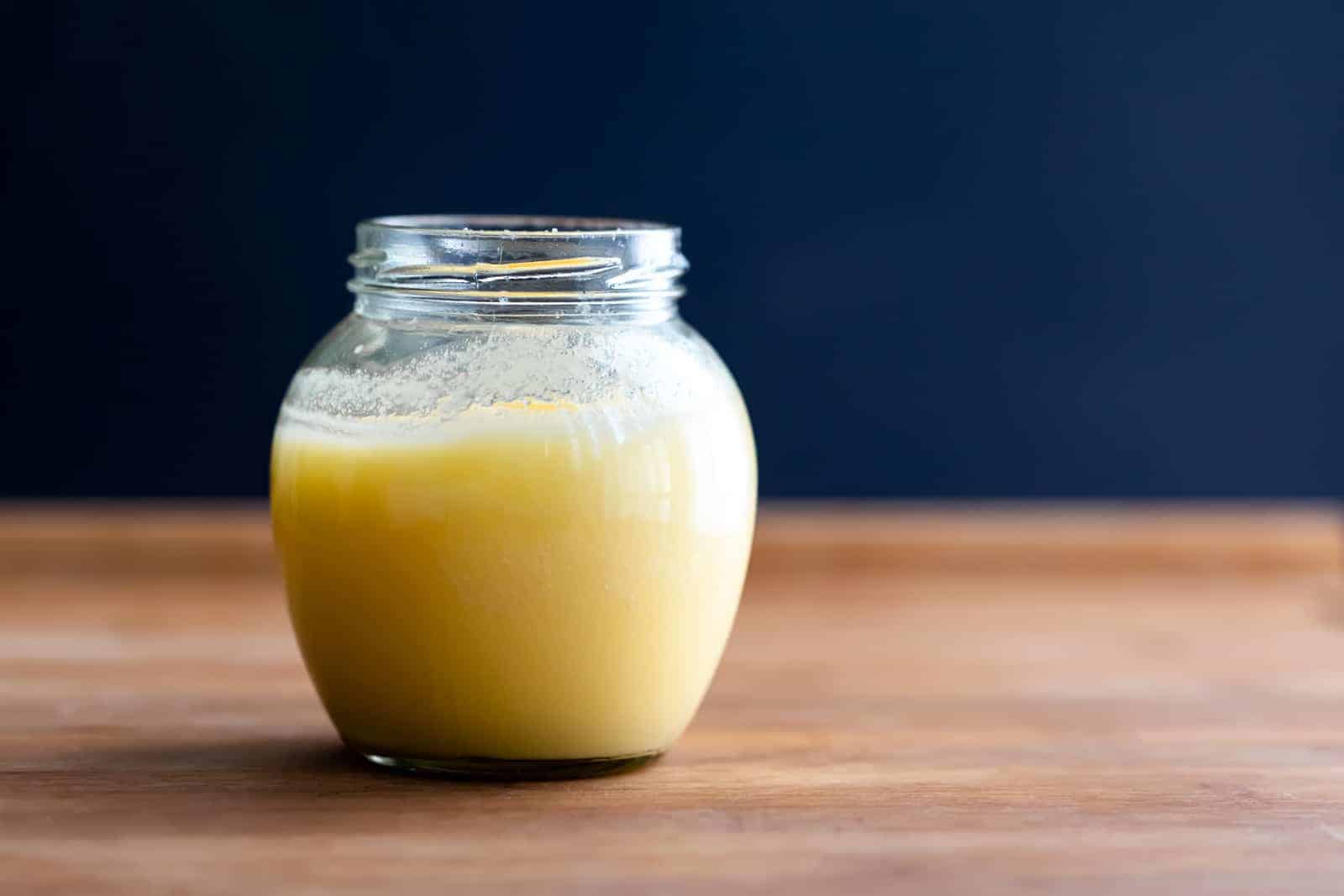


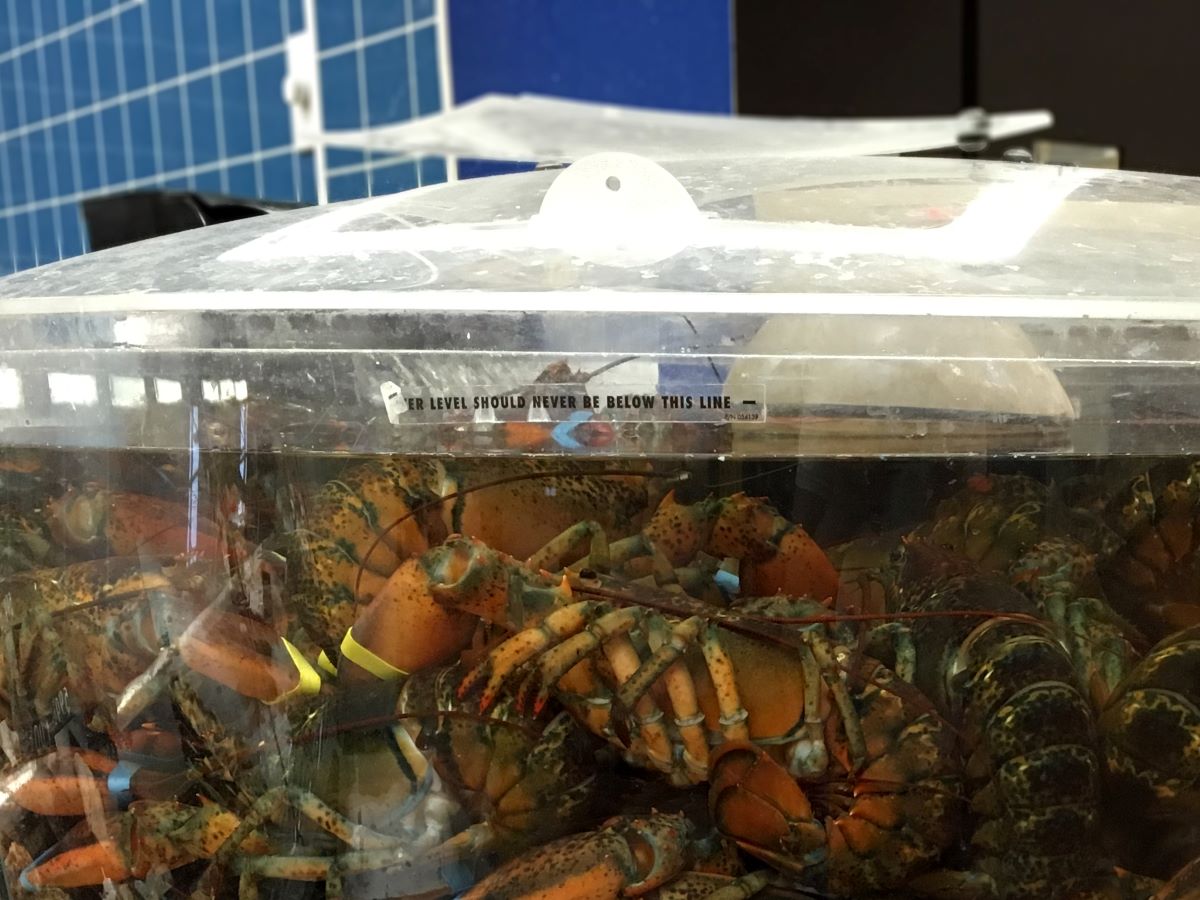



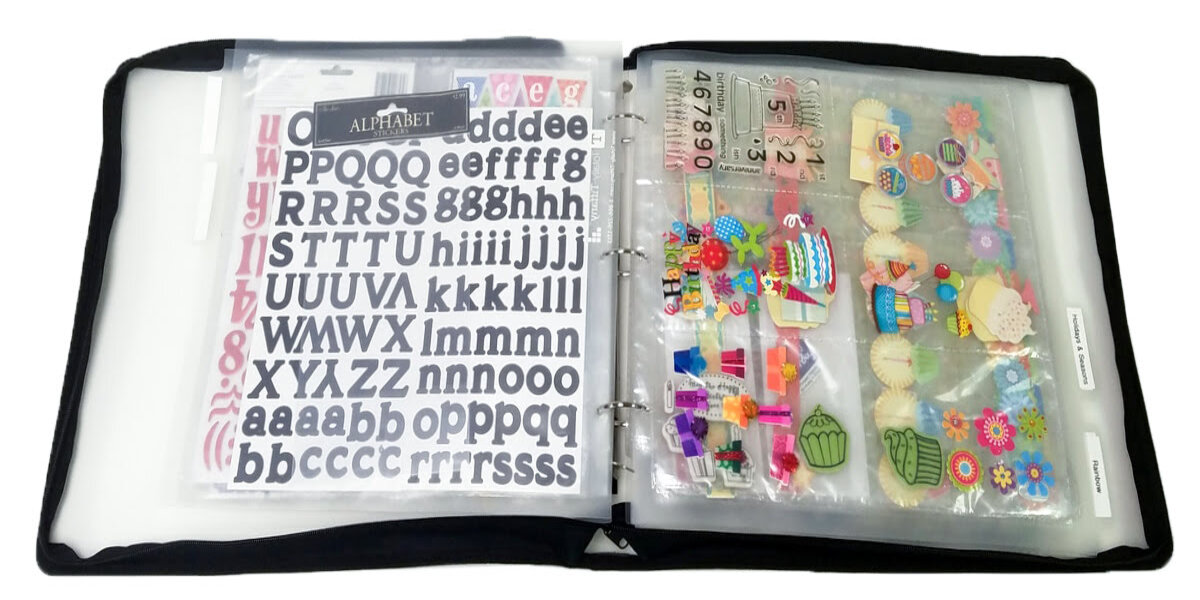
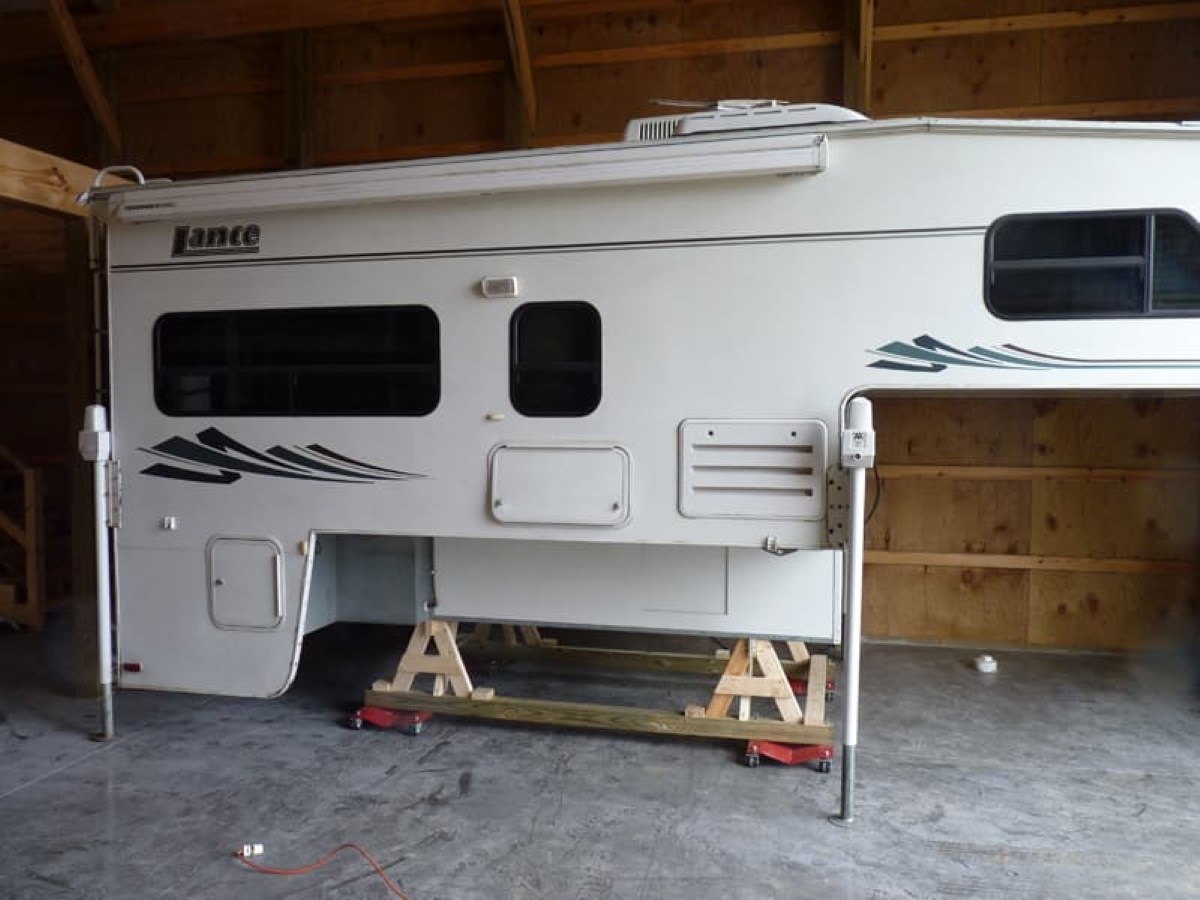
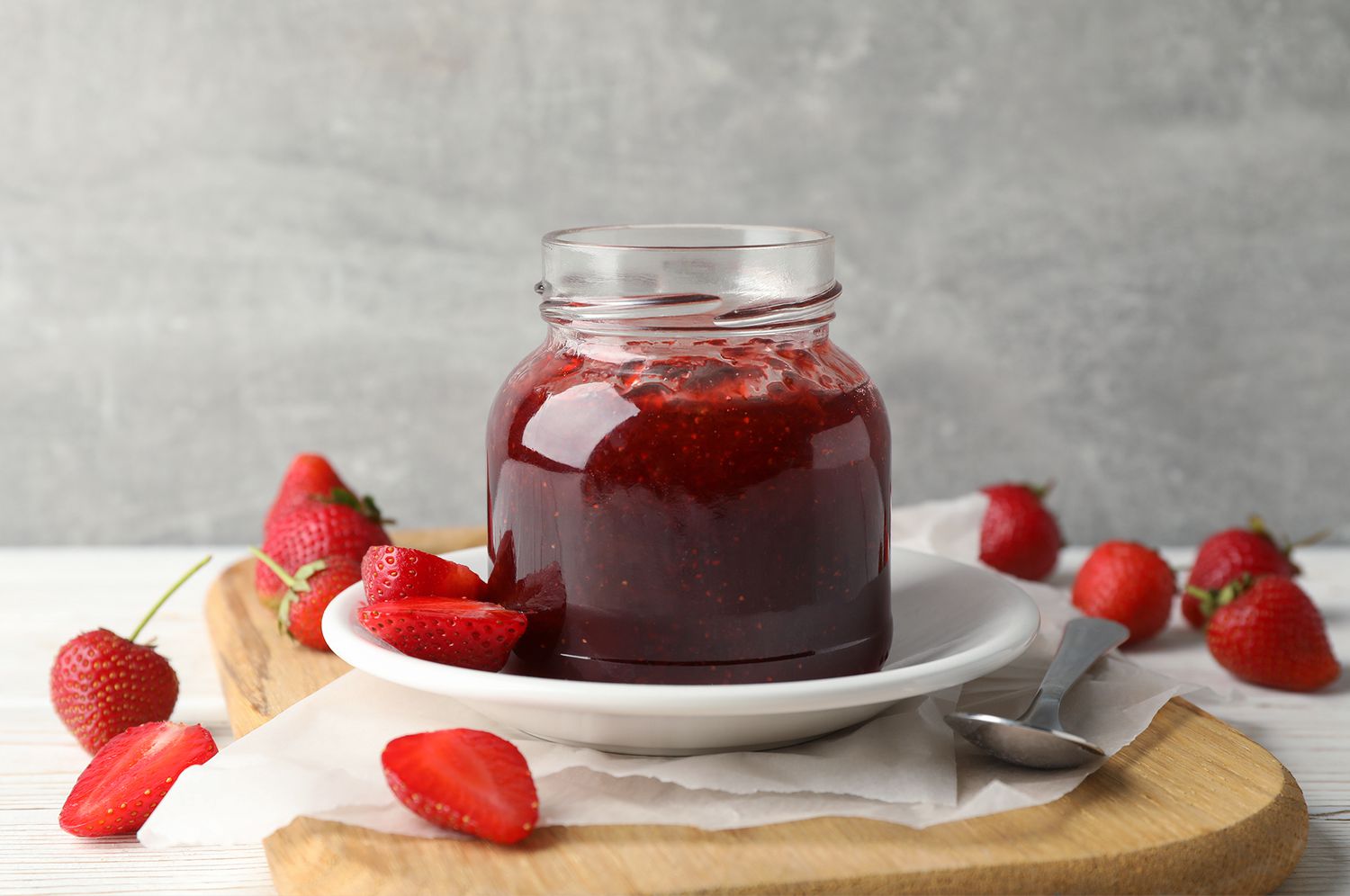
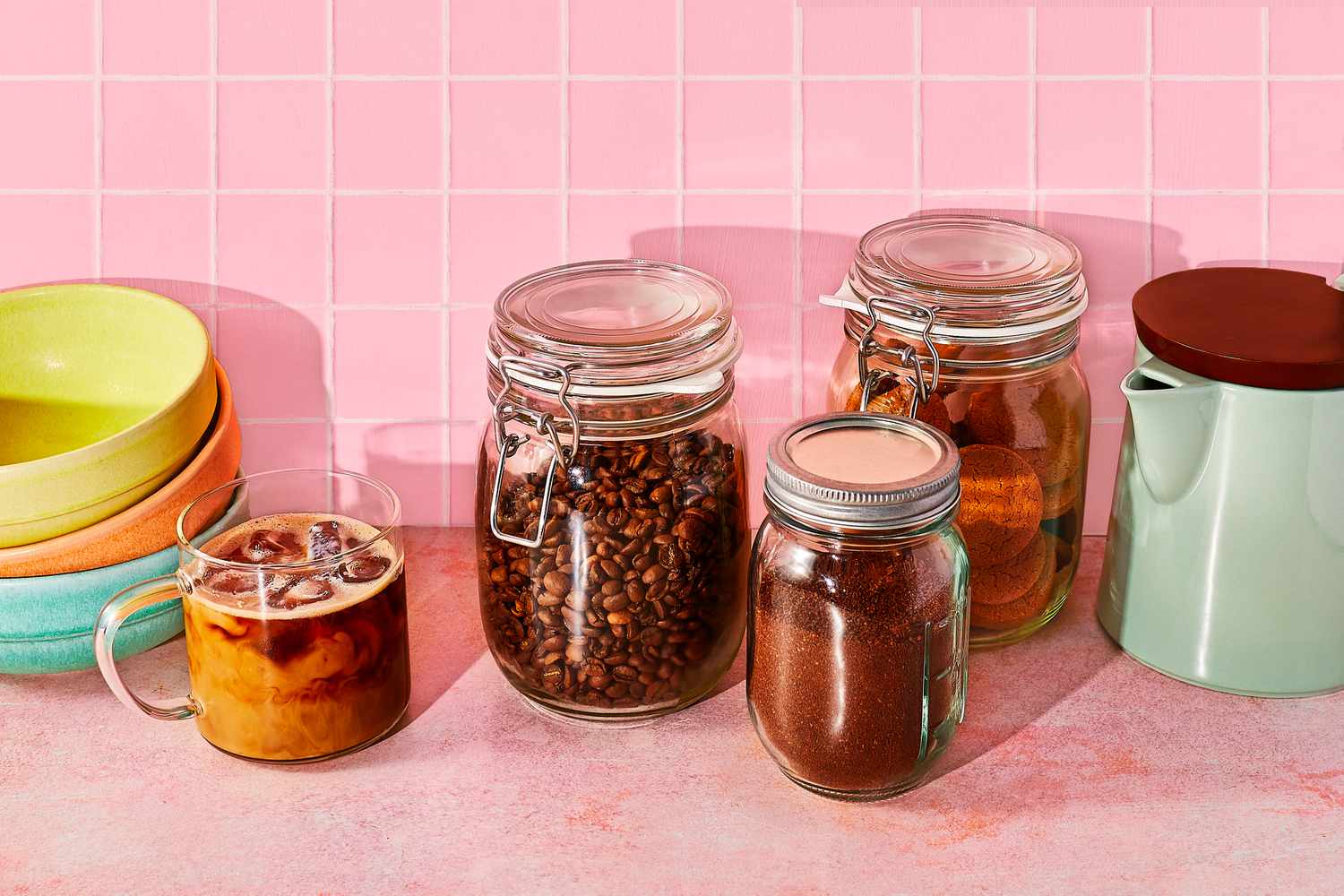
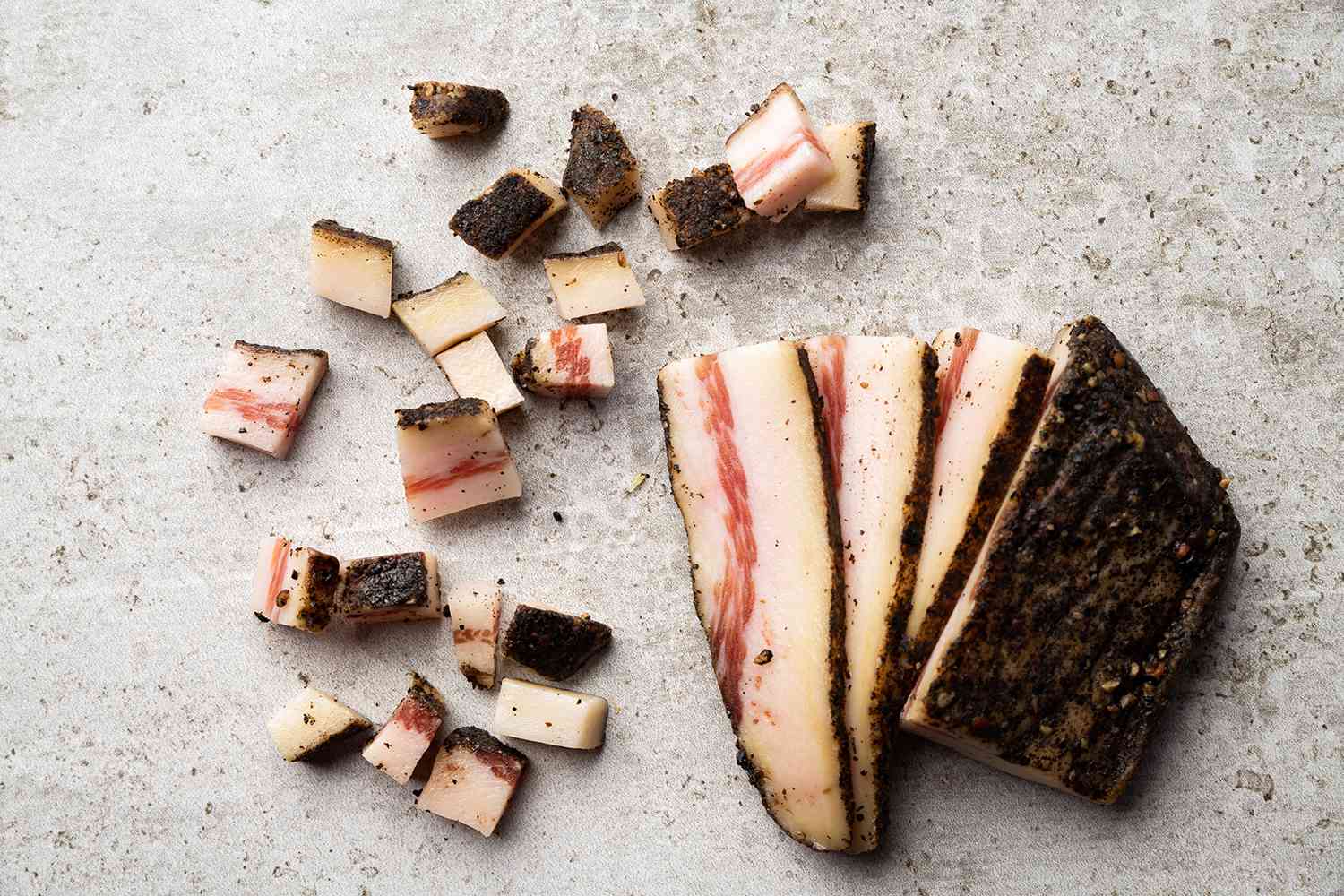

0 thoughts on “How To Store Kibble”